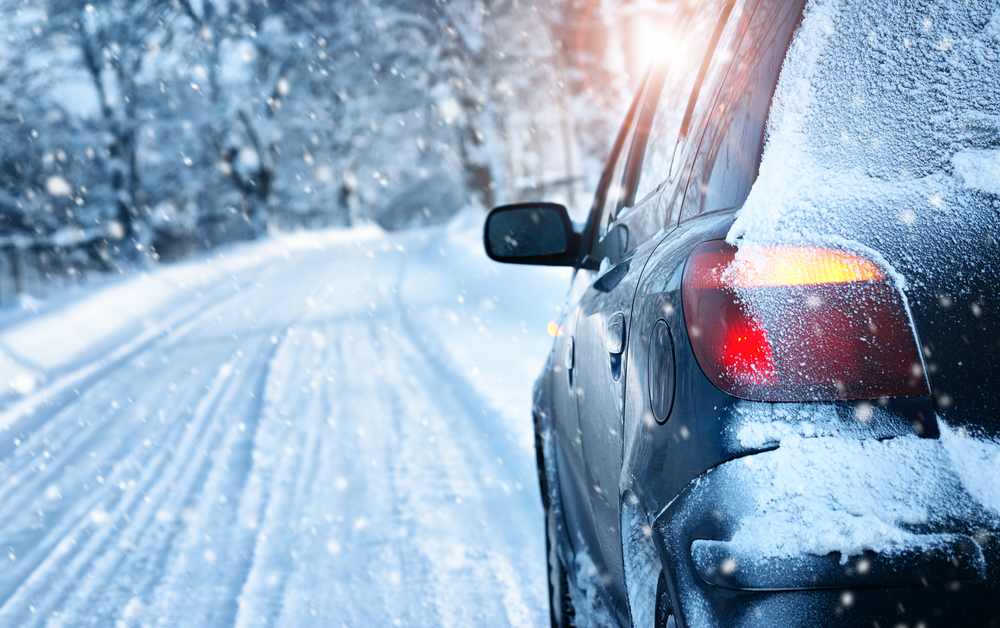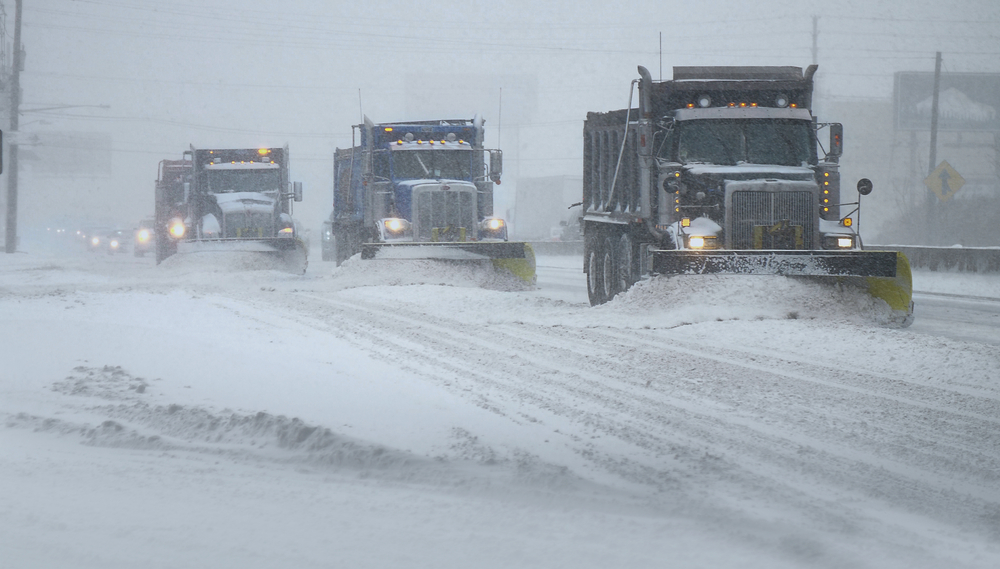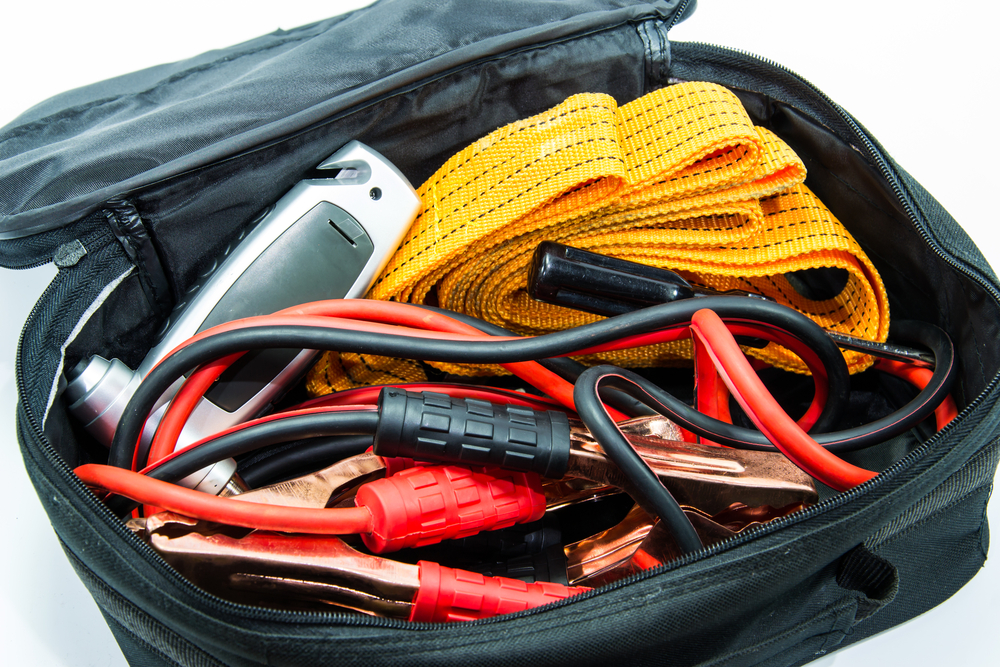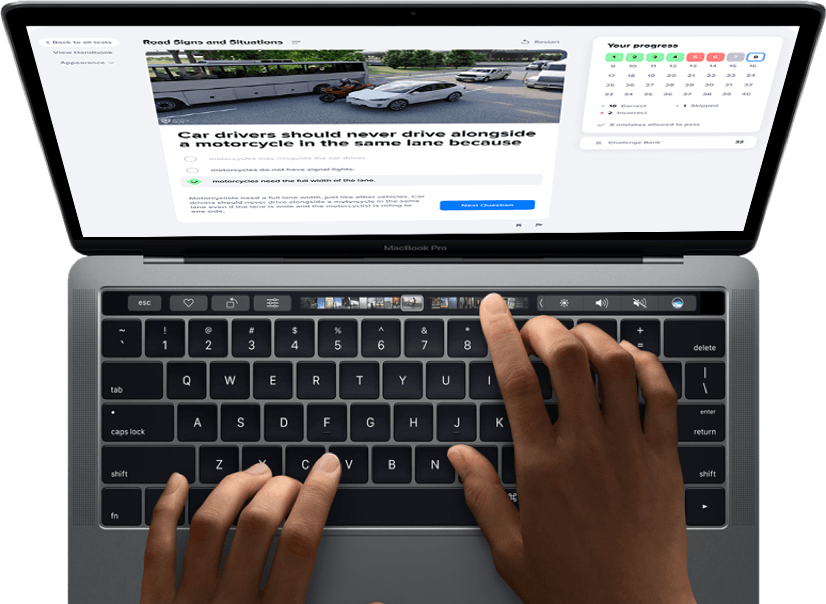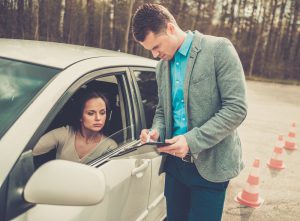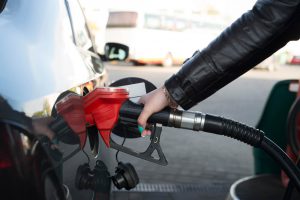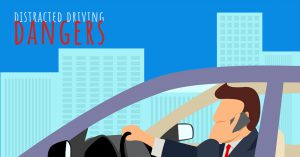Winter weather brings a beautiful white wonderland to play in and enjoy. Alongside enjoying the cold and icy landscape, you will need to get around somehow, presumably by car. Crashes are plentiful in the winter months due to the ongoing storms and poor road conditions.
Outside of the traditional driving tips of checking your car’s brakes, exhaust system, wipers, and keeping a full gas tank, there are things you should know when driving during the winter. To help you stay safe out on the road we put together 12 important steps you shouldn’t forget when driving in snow and ice.
You're reading one of our "Beginner Driver's Guide" articles. Need to practice for your upcoming exam? Take our free sample driving test - no registration required! ✨
12 Winter Driving Tips to Keep You Safe
- 1
Stay Home
The number one way to avoid a car crash is by not driving. If the winter conditions are too much, and you don’t need to absolutely be somewhere, it may be safe to just stay home. There is no reason to put yourself in danger if driving in snow and ice is not necessary.
- 2
Check the Weather
Before venturing out into the icy roads, check the weather to make sure that you won’t get caught in a storm. Additionally, this can inform you of your driving route and overall plans.
- 3
Turn on Your Headlights
Keeping your headlights on will help others notice you on the road during poor conditions. Increase your visibility by turning on your headlights even if it isn’t snowing, sleeting, or icing at the moment.
- 4
Keep Your Distance from Snow Plows
![]()
Snow plows often move rather slowly. This can be frustrating if you are behind one and have somewhere to be. Keep in mind that snow plows are helping keep the road safer. Stay at least six cars behind a snow plow and never pass them. Passing them may cause you to drive into an area with too much snow for your car to handle.
- 5
Clear Snow and Ice off Your Vehicle
Everyone hates doing it, but clearing snow and ice off your vehicle is imperative for the safety of others. If you fail to remove the snow or ice, there is potential to cause an accident if it falls off and hits a motorist or pedestrian. In some states, you may even face a fine for not clearing the snow or ice off your car.
If you turn your engine on to help defrost the car, make sure you don’t leave the engine running in an enclosed area, like your garage.
- 6
Increase Your Following Distance
The typical following distance is the two-second rule, which refers to drivers staying two seconds behind the car directly in front. When driving conditions are different, like in the winter, it is best to increase this following distance to about eight seconds.
The reason for an increased following distance is that reacting properly while driving in snow or ice is difficult. Braking too abruptly can cause your car to lose traction and skid, resulting in a crash.
- 7
Reduce Your Speed
Driving below the speed limit and increasing your following distance as mentioned above, will help your reaction time. Unexpected things happen when driving in winter weather conditions, like cars driving over patches of ice. Understand that everybody will be driving slower and plan your commutes accordingly so you aren’t late.
- 8
Put on Chains or Snow Tires
Proper snow tires or tire chains help give you traction when driving on snow or ice. Winter tires are made to enhance braking in snow and ice with their aggressive tread and specialized tread compounds. These tires are great for cars with four-wheel drive or all-wheel drive.
If you don’t have the budget for a separate set of winter tires, you can purchase snow chains. Be sure to keep your tires properly inflated and reference the snow chain instructions when putting them on.
Also, it is important to note that your tire pressure will drop about one or two PSI every time the outside temperature drops ten degrees. Check on your tire pressure before driving so your car’s steering isn’t hindered.
- 9
Do Not Use Cruise Control
Staying alert at all times is important when driving, not only in severe weather conditions. Using cruise control takes away from your focus and can cause an accident by dampening your reaction times.
- q
Do Not Brake When Skidding
Skidding is something a good amount of people who drive in snow and ice will encounter. If your car starts to skid, DO NOT slam on the brakes! Simply take your foot off the gas and point the steering wheel in the direction you want to go. Your tires should regain traction as you slow down.
As your car slows down close to a stop and is in a straight line, lightly press on the brake pedal until your ABS (anti lock brakes) engage and vibrate the pedal. For cars without ABS, gently pump your brakes.
If you were going a reasonable speed and maintaining a safe following distance, your chances of being in an accident in this case are slim.
- w
Do Not Stop on Hills
Hills are a problem for first time drivers learning to drive a stick shift and for driving in the winter. Going too fast up a hill can cause your tires to lose traction and spin. Also, stopping on a hill will cause you to slide backwards.
If you are going up a steep hill, make sure you have enough inertia to make it up and that you won’t have to stop at any point on it.
- e
Prepare a Winter Emergency Kit
![]()
A winter emergency kit will be your best friend if you run into any issues. A well put together winter emergency kit will include:
- Ice Scraper
- First Aid Kit
- Flares
- Jumper Cables
- Flashlight
- Safety Absorbent or Cat Litter
- Foldable Shovel
- Blanket
- Warm Clothes
The items listed above are some of the bare necessities you should have. Those items can get you out of a bank of snow or to help stay warm while assistance is on its way.
Driving in the winter can be hazardous. By following the tips outlined above, you will be ready for most situations that come your direction. Remember that everything moves slower when the temperature drops in the winter, and plan your driving trips. Taking extra precautions in the winter will help prevent crashes and keep yourself and your passengers safe!
